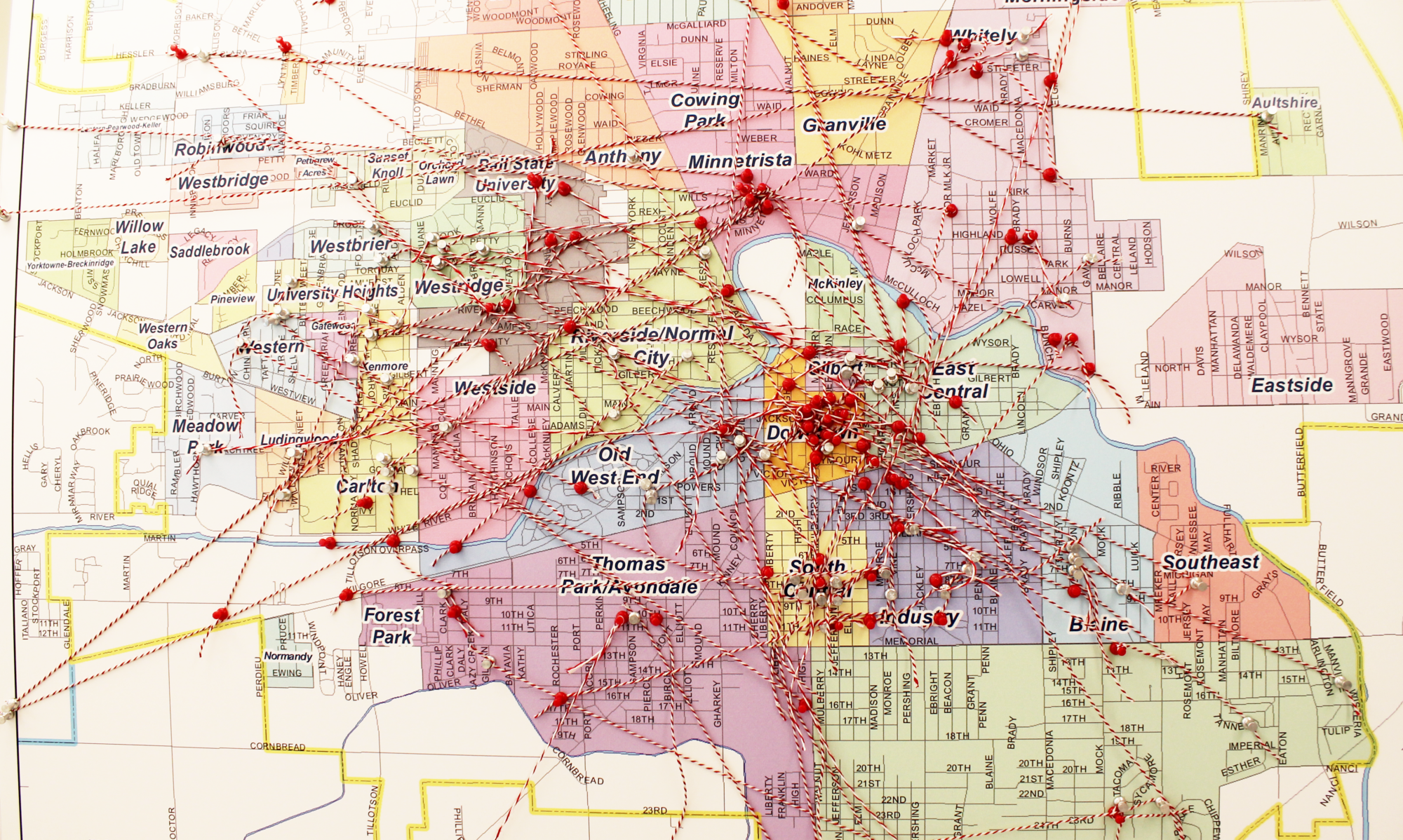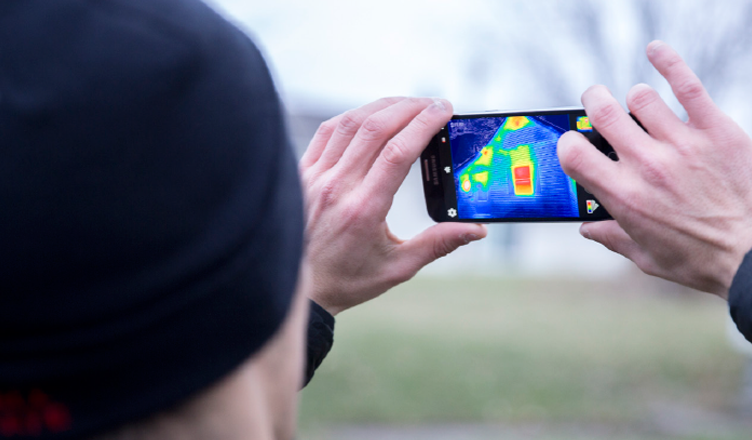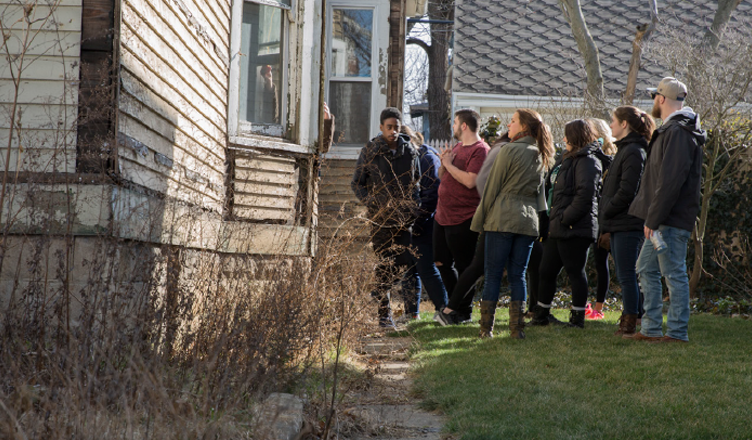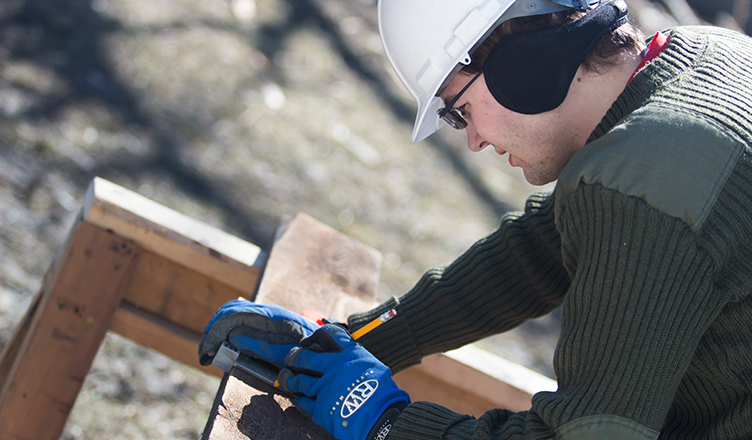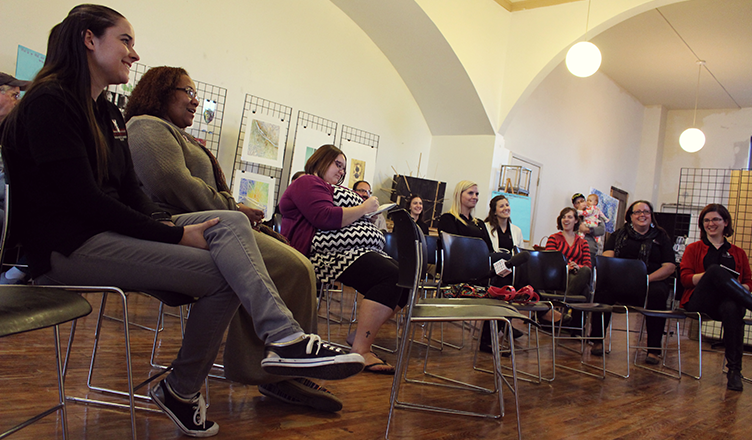Getting heat leaks information of a building is critical in revitalizing the 8twelve target area in Muncie. Traditionally this information is obtained inside the building by a trained thermographer using thermal cameras, which is time consuming and costly. In this project, students from Ball State University obtained thermal infrared (TIR) images from outside without disturbing homeowners during the winter season by using FLIR ONE units attached to students’ own smart phones. These TIR images were integrated with existing online GIS maps to provide both homeowners and the public the heat leaks information of buildings in the target neighborhood of 8twelve coalition.
Faculty Mentor: Jason Yang
Department: Geography
Community Partner: Muncie 8twelve Coalition, ecoREHAB of Muncie, Inc.
Students: Austin Berry, Cody Blevins, Elizabeth Carpenter, Alex Darland, Drew Duncan, James Foster, Garrett Fuelling, Mitchell Grime, Olivia Jesse, Kyle Kedra, James Longwith, Kyle Marsh, Tim Martin, Clara Neurauter, Caitlin Stankovich
